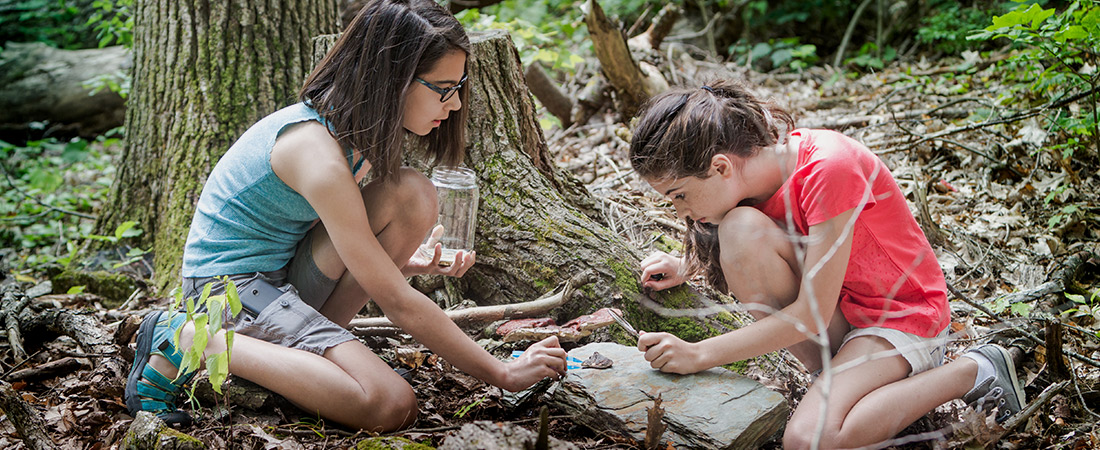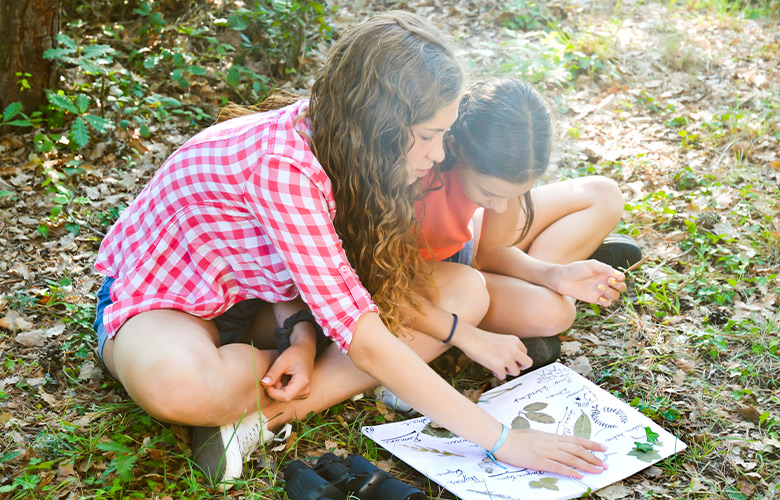Igniting STEM Education in Rural Communities
There are rich learning opportunities for students and teachers living in rural areas.
Many of the 9 million students enrolled in rural schools in the United States experience shortages of mathematics and science teachers, high teacher turnover, and few resources. But with a STEM education so fundamental to success in any industry, finding ways to improve the quality of STEM learning everywhere is of critical importance to educators and policymakers.
EDC’s Pam Buffington and Shona Vitelli who live and work in rural communities, believe that these areas have many assets when it comes to STEM learning and teaching. Here, they discuss EDC’s Rural and Ready STEM initiative, as well as place-based education and what can be gained from studying STEM in rural areas.
Q: Why do you focus your work on improving STEM in rural areas?
Buffington: STEM is growing faster than any other sector, and starting salaries in those jobs are over 30 percent higher than in non-STEM jobs. So, we need to prepare all kids for that. Unfortunately, rural learners often have fewer opportunities to take advanced STEM courses, and their teachers frequently have less preparation to teach those courses.
Vitelli: When I was in graduate school studying education, I was surrounded by really smart, really passionate science teachers. But none of them were heading towards teaching in rural schools. Then I began teaching high school science in Bourne, which is a rural community in Cape Cod, Massachusetts, and I realized just how much this teacher shortage was affecting students. Rural students are interested in a wide variety of subjects, but in rural schools, there isn’t a big pool of qualified teachers to teach advanced courses. Rural students deserve just as much access to hands-on science opportunities to have greater STEM success later in life.
Q: You both live in rural communities: Pam is in Maine and Shona is on Cape Cod. Are there any advantages to teaching STEM there?
Vitelli: It’s such a big asset, isn’t it? The fifth graders at my child’s school take a field trip there every year. They learn about water quality, coastal resources, sea level rise, and erosion. They are engaging with these topics in an authentic way—and in a way that simply isn’t possible if you don’t live here.
Buffington: The people who live in these communities have applied understandings of STEM and can contribute that knowledge to STEM learning. In Maine, where I live, I’ve had remarkable conversations with fishermen, lobstermen, farmers—people who have a deep understanding of the natural environment. Plus I grew up in a rural place. My first trigonometry and physics lessons were from my father. He taught me how to hook the twitch chain on a log in a particular way, because that created torque, which made it easier for Maude to pull the load. That contributed to my desire to learn more about the world around me.
Vitelli: Who was Maude?
Buffington: Maude was our work horse!
Q: So given those benefits, should the way we teach STEM in rural schools look different from the way we teach it in suburban and urban ones?
Vitelli: It’s an interesting question. The advantage of teaching science in a rural area is that you can use the natural environment as a teaching tool. You can take a local environmental issue, and you bring it into the schools. But you could really do that anywhere, couldn’t you? Isn’t that just best practice?
Buffington: I think so. I want this place-based STEM learning to happen everywhere. We have to keep moving STEM learning beyond the textbook.
Vitelli: That reminds me of a program in the Chesapeake Bay area, where every student is learning about what a watershed is. It’s actually become a state mandate because the Chesapeake Bay estuary is in a state of crisis. So, I think that’s a good example of a district taking a local environmental issue and bringing it directly into the schools.
Q: Pam, you are working on Rural and Ready STEM, EDC’s initiative to expand and improve STEM learning in rural communities. How does the initiative do that?
Buffington: Rural and Ready STEM has three goals: help rural teachers improve their STE teaching and learning, help rural districts support and sustain high-quality STEM learning, and use technology to support STEM practice. We are also addressing the isolation that some rural educators feel by using distance learning networks to build connections between scientists and teachers.
Vitelli: Rural and Ready STEM really comes out of our belief that using a region’s environment, history, and industry are key to connecting students with authentic, local STEM investigations. So, I’d like to echo what Pam said about connecting schools with actual scientists. That’s a key part of how we can improve rural STEM teaching and learning.
Buffington: I also want to add that we are not trying to “fix” rural schools. We want to embrace the natural and human resources available to us in these rural communities to improve STEM learning.






